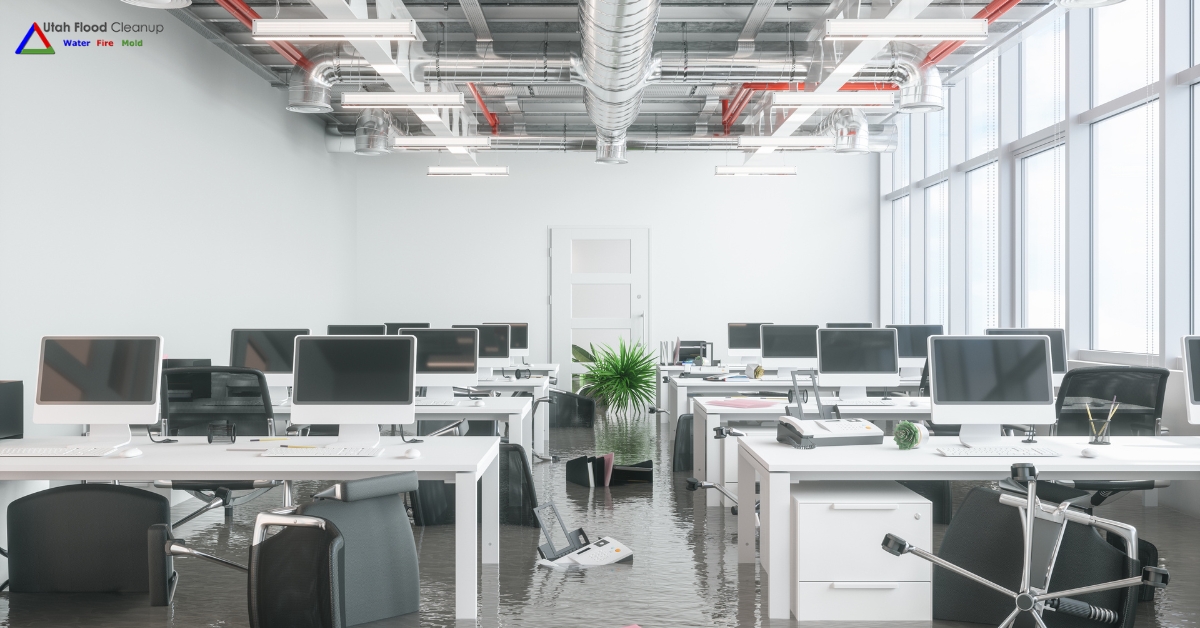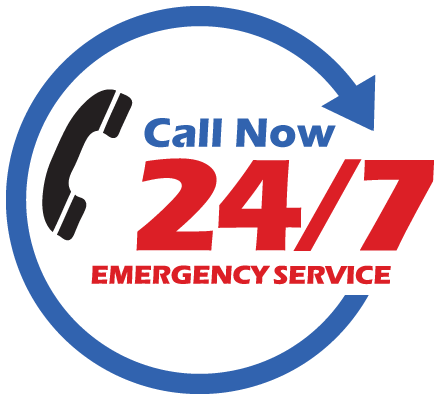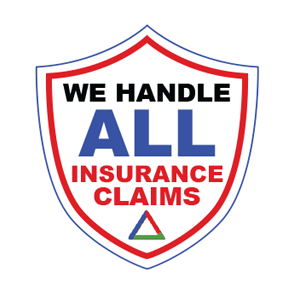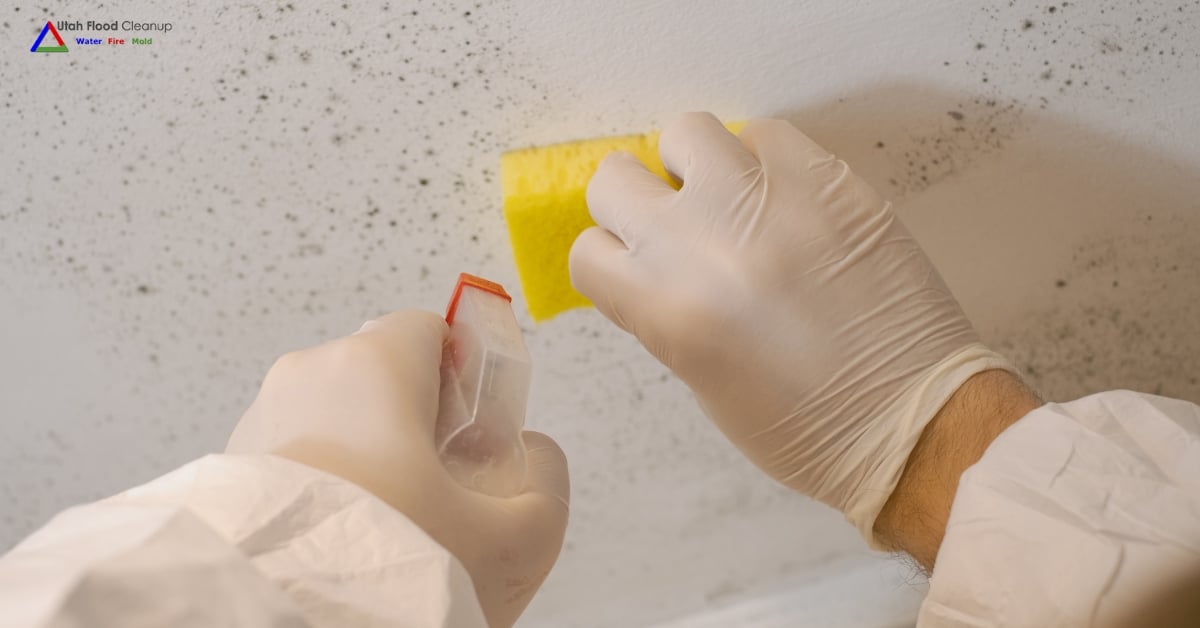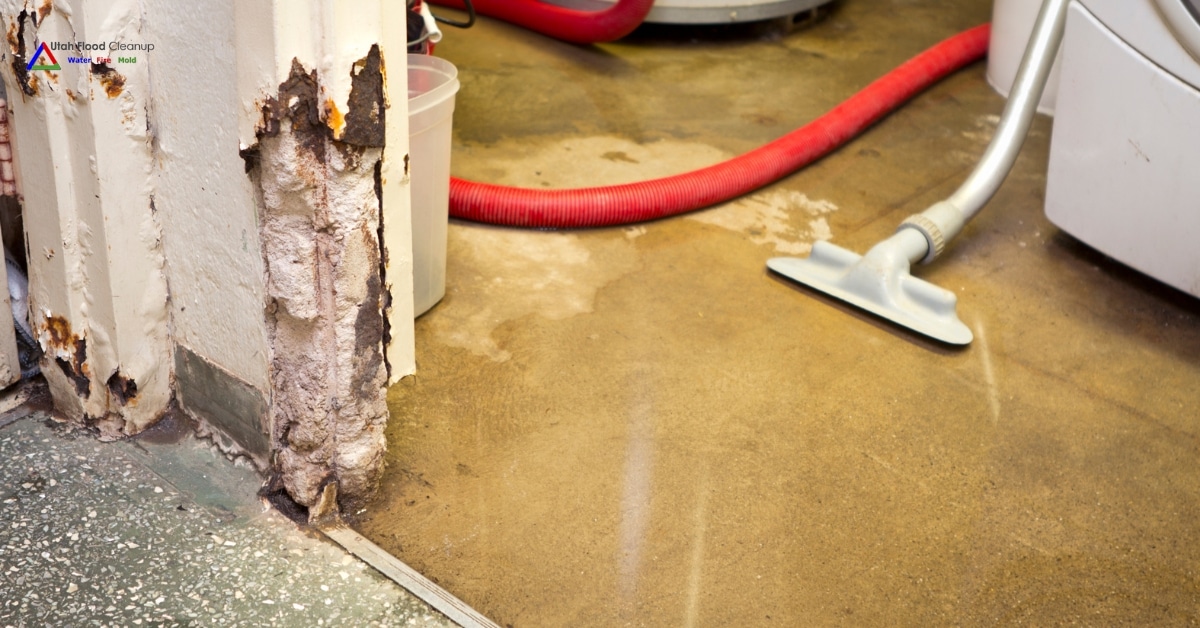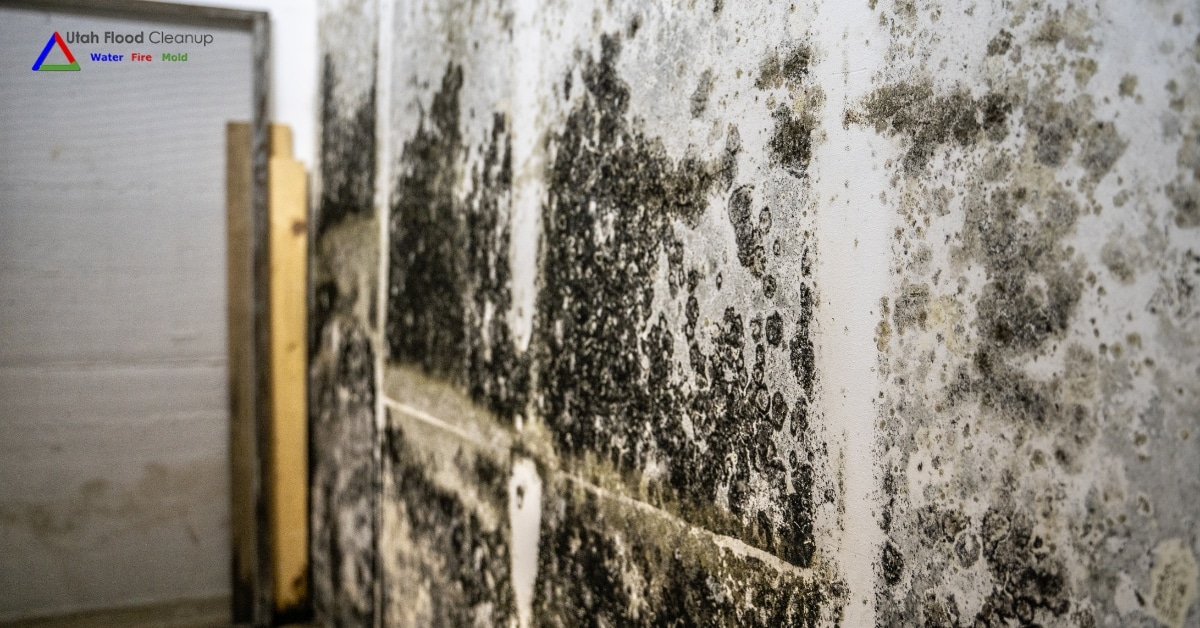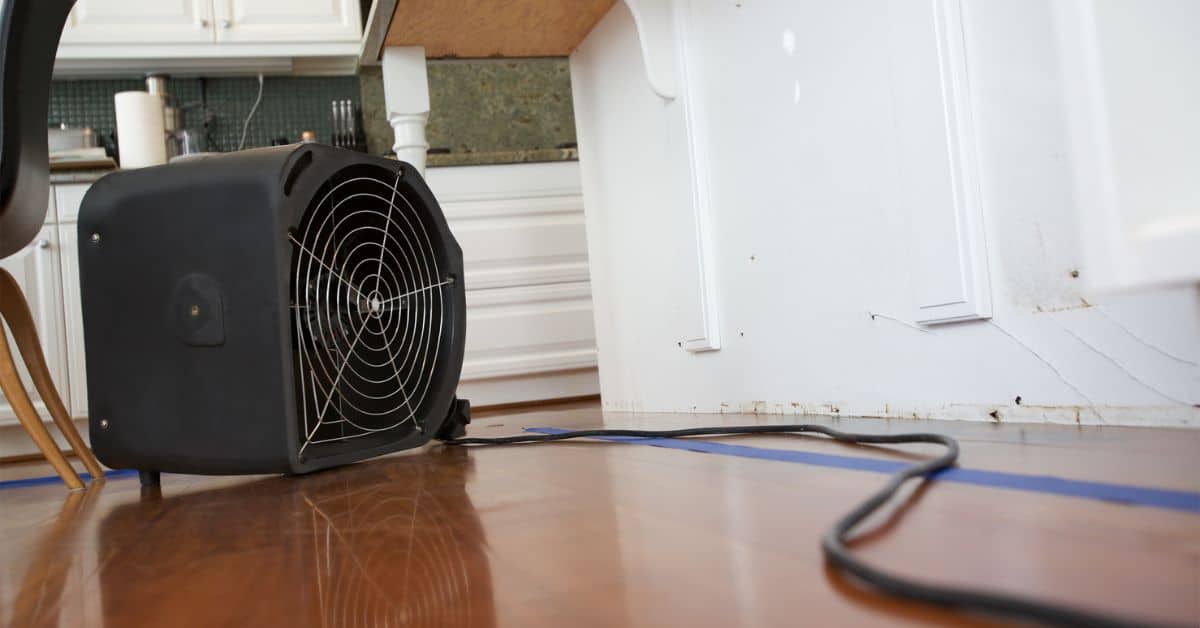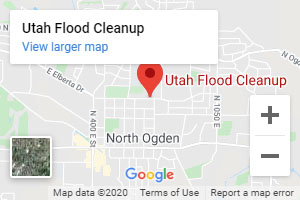Commercial flood damage restoration involves several steps, including water extraction, drying, dehumidification, cleaning and sanitizing affected areas, and finally, repairing and restoring the property. This process mitigates immediate water damage and prevents secondary issues such as mold and mildew growth. Speed is crucial in this process as prompt action can minimize the total damage, decrease restoration costs, and reduce business downtime.
Tip 1: Prioritize Safety First
When a flood occurs, the priority should always be to ensure everyone's safety. This may include evacuating the premises if necessary. Be aware of hazards such as electrical shock, gas leaks, or structural damage. Ensure that the main power supply is turned off and warn everyone to avoid entering floodwater due to potential contaminants and hidden dangers.
Tip 2: Reach Out to Restoration Experts
Commercial flood damage restoration is not a job you should tackle alone. Reach out to professional restoration experts as soon as possible. Trained specialists have the knowledge, experience, and equipment to handle the situation effectively and promptly. Choosing a local company like Utah Flood Cleanup ensures a faster response and understanding of local conditions.
Tip 3: Document the Damage
While you wait for the professionals to arrive, start documenting the damage. Take photos or videos of the affected areas and list damaged items. This documentation will be valuable when making your insurance claim and can help streamline restoration.
Tip 4: Initiate Water Removal
Once it's safe and you have documented the damage, begin the water removal if possible. You might use pumps, wet vacuums, or buckets. Remember, extensive water extraction should be left to professionals to avoid causing further damage or personal injury.
Tip 5: Salvage What You Can
If safe, start removing unaffected items or those that can be salvaged. The sooner items can be removed from the wet environment and dried, the better their chances of being saved.
Tip 6: Dry and Dehumidify
After water extraction, the premises must be dried and dehumidified. Professional restoration services use industrial-grade air movers and dehumidifiers for this. Proper drying is crucial to preventing mold growth and structural damage.
Tip 7: Clean and Sanitize
Flood water often brings a host of contaminants. Therefore, thorough cleaning and sanitizing of the premises are critical. Professionals use EPA-approved sanitizing agents to ensure your commercial property is clean and safe.
Tip 8: Restore, Don't Replace
During the restoration process, opt to restore instead of replacing where possible. Restoring original materials is often faster and more cost-effective than complete replacement.
Tip 9: Regular Facility Maintenance
Keeping up with regular facility maintenance can help you identify potential problems and address them before they become significant issues. It can also speed up the restoration process in a flood.
Tip 10: Develop a Disaster Response Plan
A disaster response plan before a flood can significantly speed up your response and recovery process. The plan should include essential information such as emergency contacts, evacuation plans, and steps to take during a disaster.
Fast-Tracking Commercial Flood Restoration: The Wrap-Up
Experiencing a commercial flood can be overwhelming, but a quick, strategic response can significantly ease recovery. The above tips can act as a roadmap to expedite your commercial flood restoration process in Salt Lake City, Utah, or Ogden, Utah.
When facing a commercial flood, every second counts. Call Utah Flood Cleanup at (801) 416-2666 for immediate, professional commercial flood damage restoration services. We're committed to restoring your business operations as quickly as possible.
Latest posts by Utah Flood Cleanup (see all)
- Water Damage and Mold Growth: Understanding the Connection - November 19, 2024
- 7 Essential Steps in the Repair of Water Damaged Ceiling by Experts - November 14, 2024
- Top 7 Tips for Successful Mold Removal in Utah - October 9, 2024
